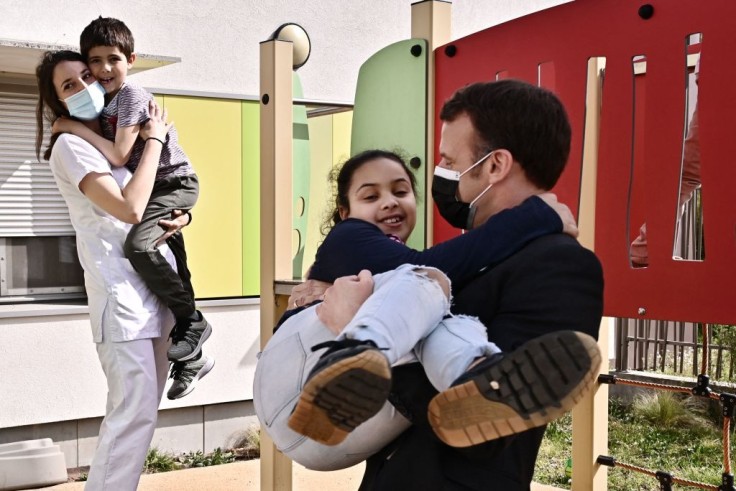
Researchers from La Trobe University, Australia, developed an early screening tool for autism, and it is already used in Australia and ten other countries. Experts hail it as the world's most effective tool that detects autism in children aged 12-24 months, three years earlier than traditional testing.
The method developed in the Social Attention and Communication Surveillance Revised (SACS-R) and SACS Preschool Training identified a set of behaviors or "early markers" characteristic of children on the autistic spectrum from as young as 12 months old, La Trobe University reported.
A five-year study on SACS-R
The study, published in JAMA Network Open, was done in five years in over 13,500 children on the autism spectrum. In infants and toddlers aged 12 to 24 months who used the tool, the study found out that 83 percent were diagnosed with autism.
Researchers said the diagnosis is about four years earlier than current standard tests, the DW reported. Early diagnosis, they said, leads to better life outcomes for people with autism.
According to Associate Professor Josephine Barbaro of La Trobe University's Olga Tennison Autism Research Centre and the study's lead researcher, the parents were told to "wait and see" when raising concerns about their child's development. The average diagnosis comes at around four or five. As diagnosis comes a bit later, caretakers or parents may have missed opportunities for early support.
The accuracy of the screening tools used in other parts of the world is minimal, including the well-known M-CHAT, which has an accuracy level of 6 percent when used in a community-based population.
The recently discovered tool is now widely used in Victoria. Children attending routine health checks at 12, 18, and 24 months are already screened with the tool after the Victoria Government-funded state-wide training for maternal and child health nurses in 2019.
According to La Trobe Vice-Chancellor Professor John Dewar, the new research will likely encourage more countries to adopt the tool and "embed screening programs into their health systems."
The tool is now being used and translated in China, Italy, Singapore, Poland, Japan, New Zealand, South Korea, Spain, Nepal, and Bangladesh.
The SACS-R tool
The SACS-R and SACS-Preschool were tested with the Autism CRC and Menzies Foundation funding.
The tool was developed for 15 years by Barbaro, and it is used to identify behaviors of children on the spectrum from as young as 11 months old.
Some characteristics included infrequent or inconsistent use of:
- Hand wave, finger-pointing at objects, and other indicative gestures
- Eye contact
- Sharing interest with others
- Pretend play
- Response to the name when called
According to the US Centers for Disease Control and Prevention (CDC), as the child grows older, autism diagnosis becomes more complex as it has no medical tests. It only relies on the child's developmental history and behavior to diagnose.
In Nueroscience, Barbaro said that using the "extremely effective tool" in the hands of trained primary health professionals during routine health checks can make a significant difference to early diagnosis.
Related Article: Nine-year-Old Boy Develops App for Non-verbal Brother With Autism To Help Him Communicate